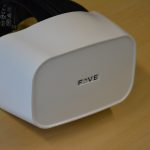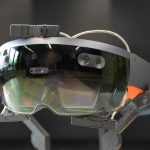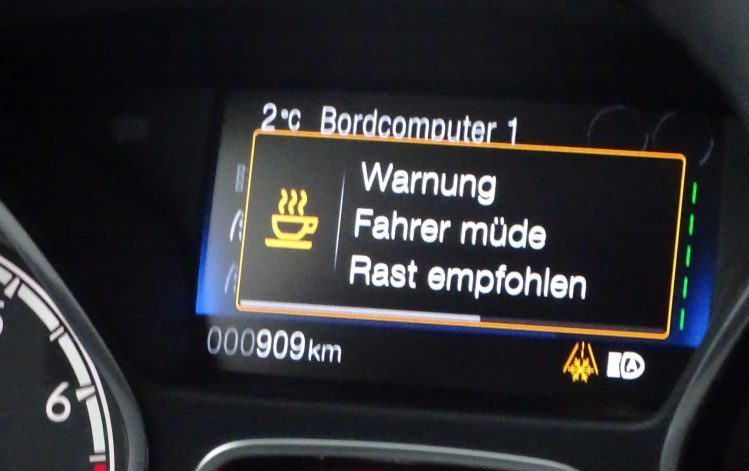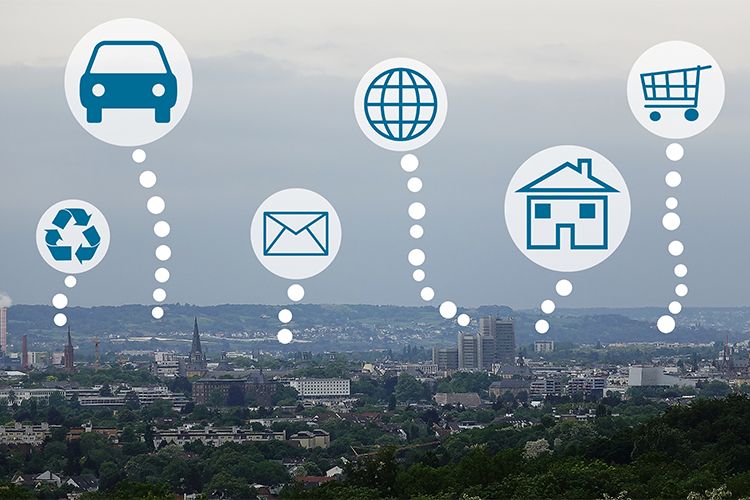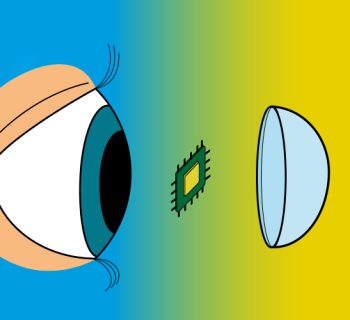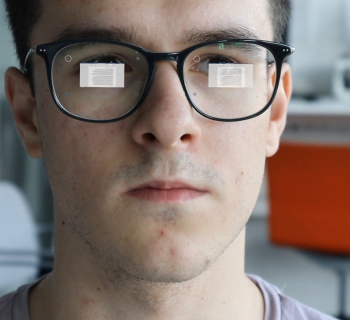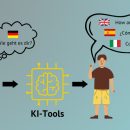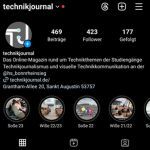Virtual Reality headsets have entered the consumer market and are constantly improving. At this years CES it has become clear that Eye-Tracking is one of the leading technologies that promise to refine your VR-experience.//Von Daniel Skowranek
When VR headsets entered the market a few years ago, they were not attractive to the average consumer. The controls were usually cumbersome and imprecise, and the graphics were not exactly eye-catching. Moreover, there were only very few applications available. But now VR HMDs have significantly improved in every respect. They offer a high-quality gaming experience with resolutions of up to 4K, if you own the appropriate hardware. Nevertheless, VR devices are still not much more than a nice gimmick for many people, even if they own powerful hardware. Only in very few applications and games do they offer an added value compared to a normal desktop PC. However, with the implementation of Eye-Tracking into VR HMDs and the new offered possibilities that might be about to change.
There are two techniques to implement Eye-Tracking
The integration of Eye-Tracking into VR devices offers the possibility to track where the user is looking. It can also record how long you look there, how our pupils react to visual stimulation and when we blink. The gathered information can then be used to enhance the user's experience in various ways. Currently there are two different techniques to integrate Eye-Tracking into HMDs. Martin Weier, research associate at the Institute of Visual Computing (University of Applied Sciences Bonn-Rhein-Sieg) explains:
- The “FOVE” utilizes beam splitters instead of cameras below the lens. (Picture: Daniel Skowranek)
- Microsoft’s Hololens with Eye- Tracking cameras fitted below the lens. (Picture: Daniel Skowranek)
Utilizing the human eye’s information to improve VR
Virtual reality devices, such as the Oculus Rift or HTC Vive, aim to enable the creation of computer generated worlds that provide an immersive user experience by utilizing the human senses and perception systems. What they haven’t been able to utilize until now is the information that our eyes give up. Not only are they our source for visual information, we also use them for communication and to express emotions. They can even reveal our intentions before we take action. Due to the integration of eye tracking, this information is available to improve the user experience of VR HMDs.
Eye-Tracking can refine VR’s key elements
According to Tobii Tech, a company specialising in Eye-Tracking, the information gathered by tracking systems can be utilized to enable interactions that are based on the concepts of hand-eye coordination and eye contact. Additionally it allows for streamlined interaction with virtual objects and menu navigation/selection. You can select objects and menus by simply looking at them and clicking the corresponding button on your controller. The company stood by their word at this years Consumer Technology Association (CES), where they showcased three new demos. Markus Rall, from the German Institute for Virtual Reality, is also convinced that eye tracking in future VR HMDs is a must: "Eye tracking can make a significant contribution to refining the control and gaming experience. It can influence how immersed into a virtual world the user feels." It is merely a question of implementation. In this regard, the military sector, for example, has been using comparable technology for years already to control targeting devices.
Reaching visual perfection
In order to create an immersive environment, VR is reliant on visual perfection. Even though today’s commercial VR devices are already able to display 4K resolutions on each screen, Martin Weier explains that there is still a lot of room for improvement: “Ultimately we want to be able to display pictures that are indistinguishable from reality. Estimates assume that you will need resolutions of up to 16K in order to do so.” The trouble is that today’s hardware simply isn’t powerful enough to support such a resolution, even if we already had commercial screens capable of supporting it. This is where Eye-Tracking comes back in. In combination with a technology referred to as foveated rendering it will likely be possible to reduce the performance needed.
Foveated rendering can decrease the required processing power
Foveated rendering is a technique in perceptual computer graphics that is based on one of the the human visual systems limitations: Due to the decreasing density of cells towards the periphery, the human eye is only able to see sharply in a small area of focus. Yet it seems like we can see everything sharp since our eyes are constantly moving.
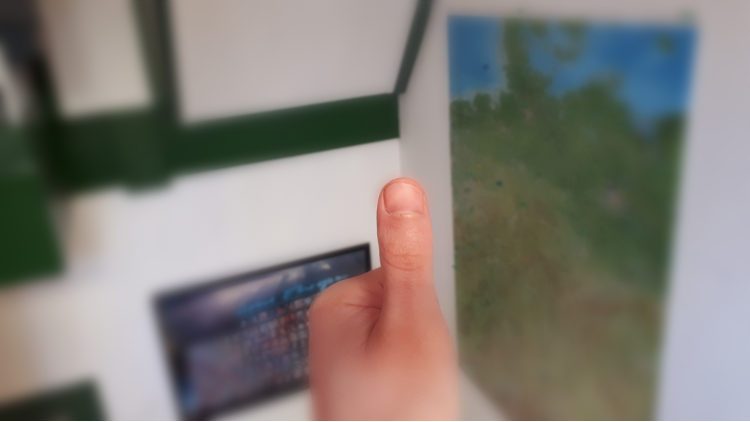
If you look at your thumb from a distance of about 30cm, the fingernail corresponds to the area you really see sharply. (Picture: Daniel Skowranek)
Martin Weier explains that foveated rendering utilizes this limitation and Eye-Tracking technology by only rendering the very area that our eyes are focused upon in high resolution. Meanwhile the periphery is rendered in decreasing resolutions without the user taking significant note of it. Consequently less powerful hardware will be needed in comparison to a solution that constantly renders the entire image in full quality.
Eye tracking is indispensable in market research and training simulations
But VR devices with an integrated eye tracker are not only useful for entertainment purposes. According to Markus Rall from the German Institute for Virtual Reality, HMDs with integrated eye trackers are indispensable for market research and training purposes, among other things. In simulations, for example in a stadium, it is possible to observe what the recipient's attention is focused on. This information can then be used to strategically position information such as advertising banners. In the case of training simulations, for example the operation of a crane, it is possible to determine whether the operator pays attention to the correct things or not.
Eye Tracking HMDs have a limited target audience
Even though the integration of Eye-Tracking enables a refined VR experience, that does not necessarily make VR HMDs interesting for a large audience. In the near future this technology will continue to rely on powerful and expensive hardware that not everybody has access to. Markus Rall: "It is currently only worthwhile to buy VR glasses if you already have the appropriate peripherals and Eye Tracking as such will not change that." However, it is very well a difference maker for VR fans. In addition, eye tracking could encourage people who already own appropriate hardware to add a VR gadget.
Teaserbild: Quelle Pixabay
Der Autor:

Daniel Skowranek

